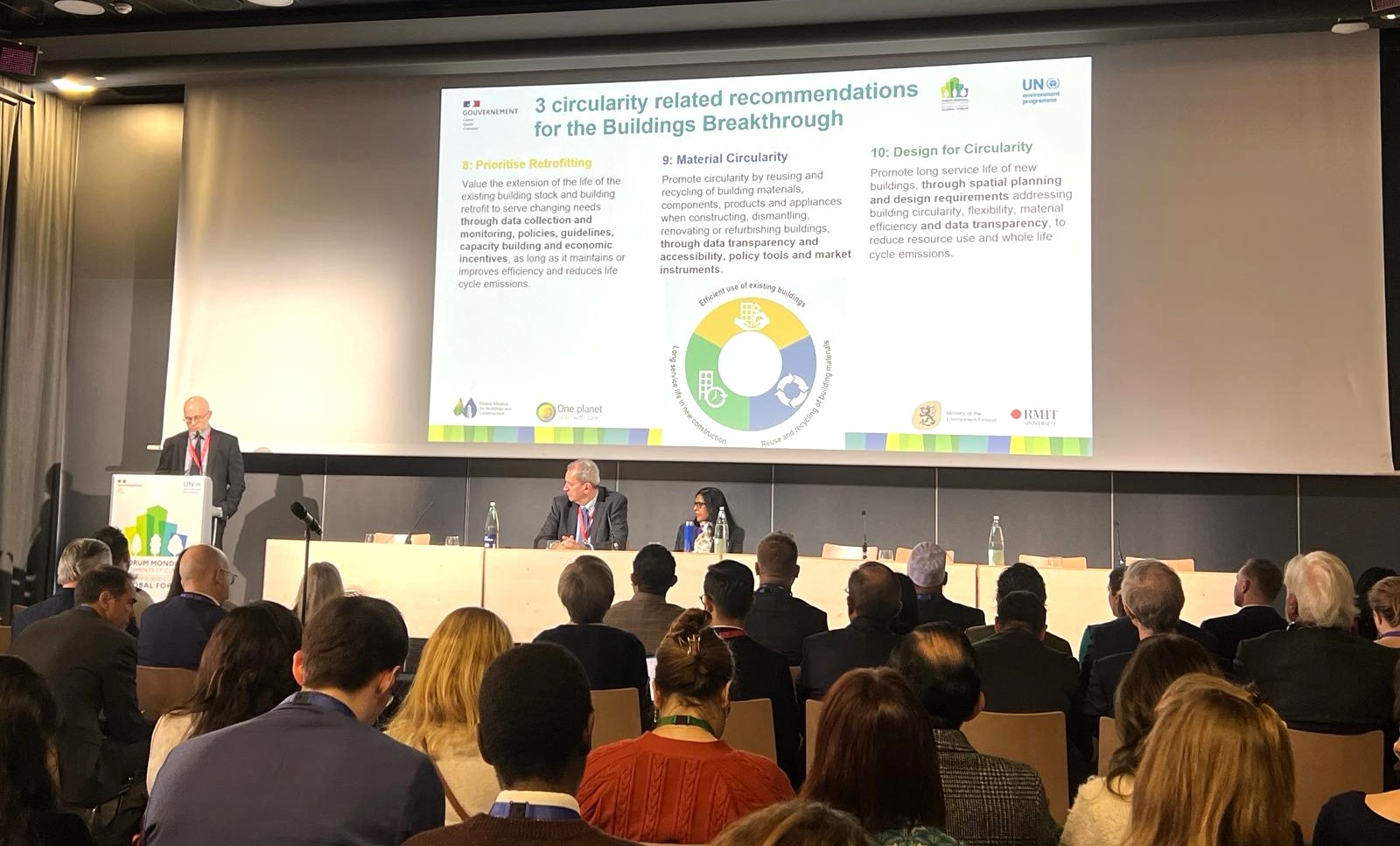PhD Research. 'Closing the loop. Driving circularity in clothing disposal.'
The purpose of this doctoral research project is to explore and evaluate consumer clothing disposal behaviours that are obstructing the transition to the circular economy. One of the reasons this is occurring is because consumers are depositing contaminated and misaligned clothing into the available disposal systems of permanent and temporary disposal and depositing clothing in their household bin. Qualitative multi-method consumer behaviour research methodologies will be applied from 2019-2020
The purpose of this doctoral research project is to explore and evaluate why consumers are disposing of clothing that is ending up in landfill and obstructing the transition to the circular economy. One of the reasons this is occurring is because consumers are depositing contaminated and misaligned clothing into the available disposal systems of permanent and temporary disposal and are also binning clothing. The objective of this research is to understand how consumers perceive and experience contamination or misalignment of clothing that leads to clothing being deposited in the household bin, stored or hoarded, therefore restricting the use by other consumers or donating to charity, selling or swapping. This research focuses on developing an understanding of consumer interaction with clothing disposal that identifies how consumers perceive or experience contamination or misalignment and influences their choice of disposal method. This is of great interest to the academic, business and policy communities addressing the circular economy. This is relevant because the circular economy relies on the circulation of suitable products and component parts to flow within a system called a ‘closed loop so that they can be used again and again. Clothing and textiles that have been disposed of to a waste or recycling stream by consumers is considered ‘post-consumer’. Post-consumer textile waste is considered to be garments or household products made of textiles that the consumer no longer needs and so discards. During their research Gwozdz, Nielsen and Muller (2017) found that almost 65% of clothing and textiles is landfilled. Household waste that is disposed of for collection by local authority services is classed as Municipal Solid Waste (MSW) (Powell and Chertow, 2018; Gug and Sobkowicz, 2015,). MSW is the generic classification of all waste that is disposed to landfill by consumers. Any product that is landfilled and classed as MSW cannot be recovered for any other purpose because it is contaminated by other waste. Consumers dispose of household waste by using their household bins (Ekström and Salomonson, 2014). The consequences of consumer clothing disposal (CCD) behaviour (Lang, Armstrong and Brannon, 2013) determines the post-consumer classification of clothing as a resource or waste. This research will contribute knowledge to understanding why consumers dispose of clothing and how we can divert clothing from landfill and keep it in use for longer. This project is not part of a One Planet programme portfolio. A one year multi-method qualitative research project will be undertaken with households in Scotland from November 2019 - October 2020. The qualitative data collected will be analysed within the PhD research design. The results of the research will be presented as part of the full PhD submission at the end of September 2021. Following successful submission of the PhD the findings will be developed into a consumer clothing disposal manual. I am interested in presenting my research project at conferences and participating in discussion events in person and online.
My academic email address is: L.wilson.3@research.gla.ac.uk
Project start date
29/09/2017
Project end date
30/09/2021

